We all worry about our family’s safety out on the road. But How Safe Are your Tires? I teamed up with Michelin to bring you this sponsored conversation on The Truth About Worn Tires and the importance of making sure they stack up to what life throws at them.
I’m not going to lie, I have spent hundreds of hours researching the best baby gear, and products for my children. That being said I’ve NEVER sat down and researched one of the most important pieces of equipment I use on a daily basis, our tires. I always leave that up to my husband to do and honestly, I’m pretty sure he leaves it to the guy who changes our oil. That being said, after visiting the Michelin Tire Testing Facilities in Greenville, SC I was blown away at how wrong I had it when it came to tires.
If you’re anything like me your idea of checking for tires was to kick it and make sure it wasn’t flat. I honestly had no idea how to check for wear and tear. Honestly, any “issues” I felt while driving I chalked up to breaks or something else. I also assumed all tires were created equally and although they had usual wear and tear they all had pretty much the same results. After my experience at the Michelin testing facility I realized how incredibly wrong I was. It turns out most of us really don’t know the truth about worn tires which is: All tires are not created equal.
You see there are standards given to tires and testing is available on new tires and you usually have their data to prove it. When you purchase a tire you’ll see it has a “life of the tire” which is put into miles. However, we all know that every tire has different conditions they will undertake including rain, roads and the elements. We also know that not all tires are created equal. Here’s where it gets tricky, many tires are performing not so well after they’ve started to become worn to the point where the stopping point from where you hit the breaks ends up becoming quite a distance. Ironically enough, some tires do better during the duration of their life, than some tires new. Which could mean hitting that deer, a pedestrian or even putting your own life at risk. This is why it’s important to begin seeing the data on tires after they’re worn to see how long their life really is.
During our visit to the Michelin Laurens Proving ground we learned about the ways we can see if our tires our worn.
I actually learned that tires have a tread wear indicator and the simple penny test could help you see if your tires are in need of being changed.
To do the penny test simply place a penny between the tread ribs on your tire.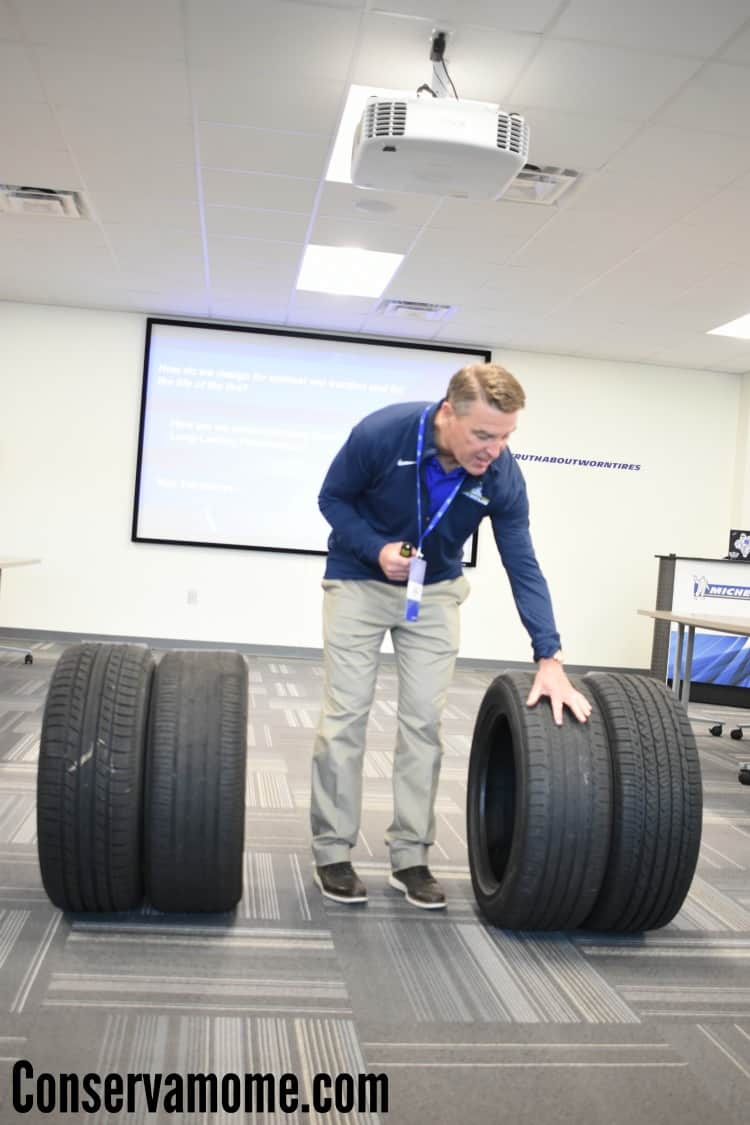
Turn the penny so that Lincoln’s head points down into the tread. If the top of his head disappears between the ribs. If it does, your your tire is still good. If you can see his entire head, it’s time to replace.
That being said, I also found out that many people are changing tires way before they should. Why? Because they automatically assume it’s time to change them or don’t know there are some indicators to look at. This kind of thought isn’t just bad for the pocket book but bad for the environment (tire disposal).
Michelin invited influencers like myself because they want to get the conversation started on the importance of knowing the kind of tire your driving around in, their ability to withstand sudden breaking and maneuverability and finally to begin learning the truth about worn tires from start to finish.
To do so they had us put on the helmets and test out two different brands both worn and new to see how they withstood wet pavements and breaking.
We tested out each tire set on each car to see how they did and the results were eye opening.
Not only was the handling different when comparing them but some tires actually did just as well when worn as they did when they were new.
Others, not so much….
I learned about 3 key components that are important components when checking to see if your tires will do well during wet conditions. Those 3 elements are:
1.Adherent Tread rubber (what it’s made of)
2. Effective Tread patterns (grooves and edges)
3. Proper contact patch shape.
I learned that silica (sand) is key for traction during wet conditions and that the grooves and edges are key for the grip of the tire. Which was eye opening because I realized tire patterns aren’t created equal and having the “right pattern” is key. Finally, it’s all about shape.
The studies back this up and Michelin has made it a point to start this conversation and they want all tire manufactures to do the same. They believe we all have a right to know the truth about our worn tires . This is just a start to the conversation, an important conversation we should all be having. As a mother I’ve made a point to make sure my kids are safe. Because of many recent studies guidelines and safety standards have changed for car seats because of conversations like this. Now it’s time to really start the safety conversation. We can’t get anywhere without tires because they are a key component to our vehicles. Yet, we really don’t put the effort into making sure their safe or at the standards they should be when put under the elements. So it’s time to begin the conversation, head to Michelin’s the Truth about worn tires to find out more!
In the meantime check out this fun video below on my experience, what I learned and my interview after the wet breaking tests I did. It involved stopping while going 50 miles an hour at a certain point and seeing how far each tire went after breaking. The results were crazy and really made me realize how important it is to be aware of your tires’ performance.
Most important get social with Michelin on Facebook, Twitter & Instagram and be a part of the conversation on by following the hashtag #Truthaboutworn tires to learn more.
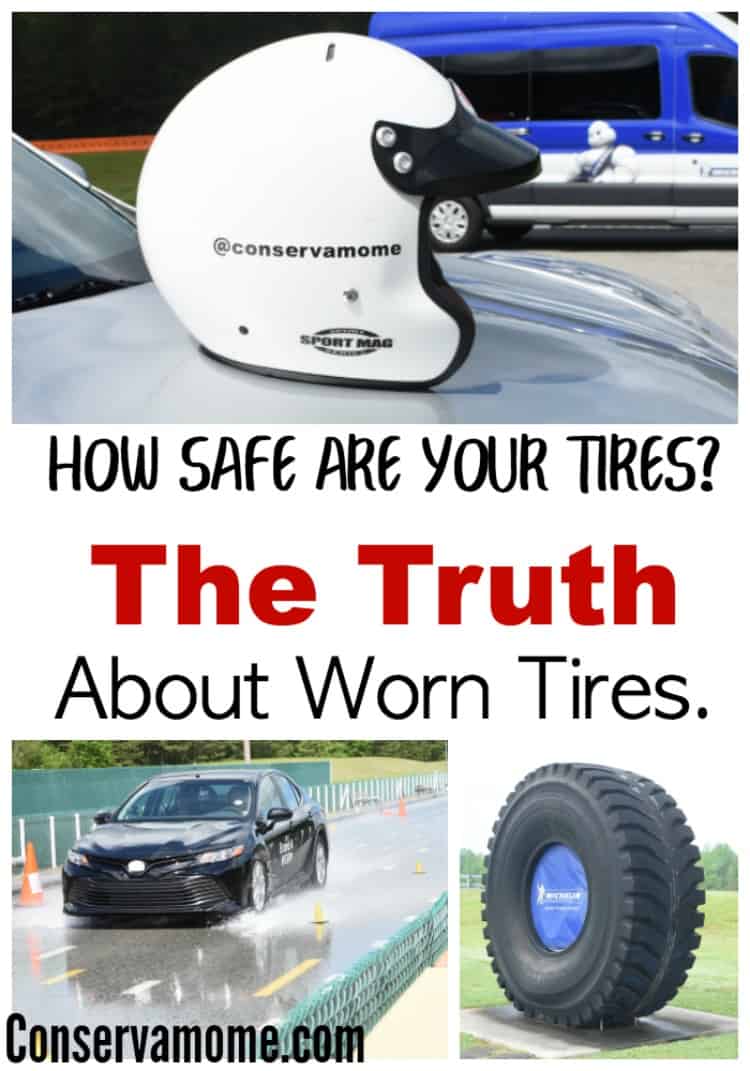
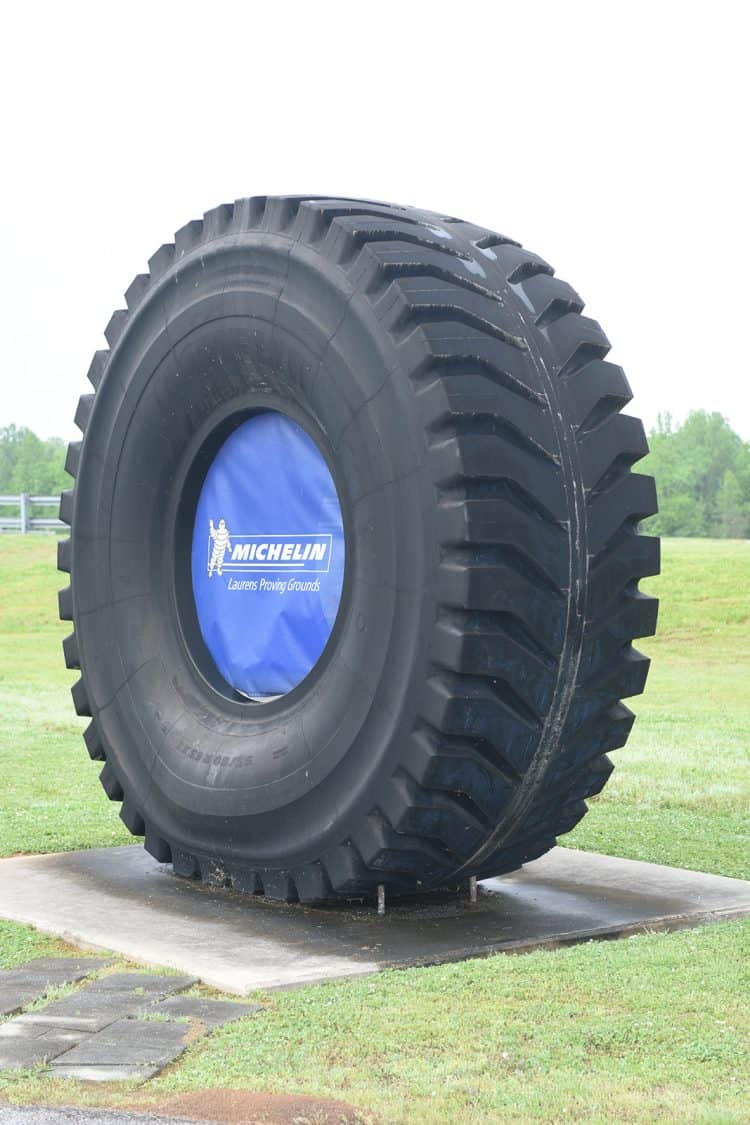
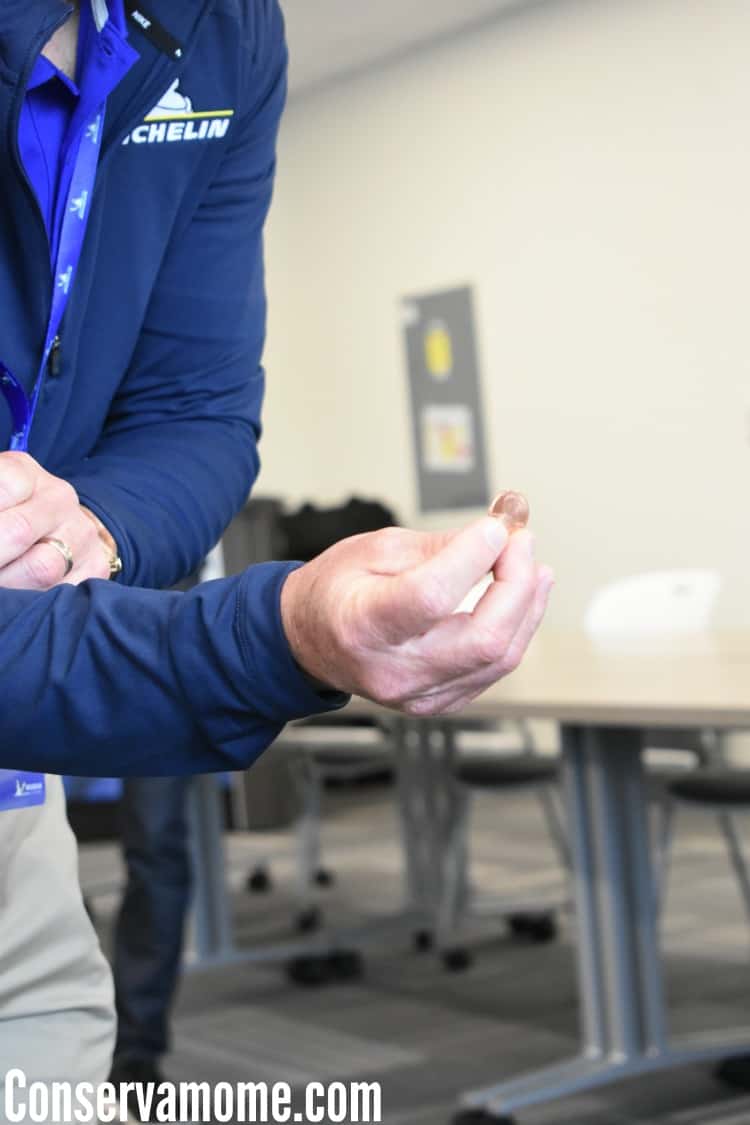
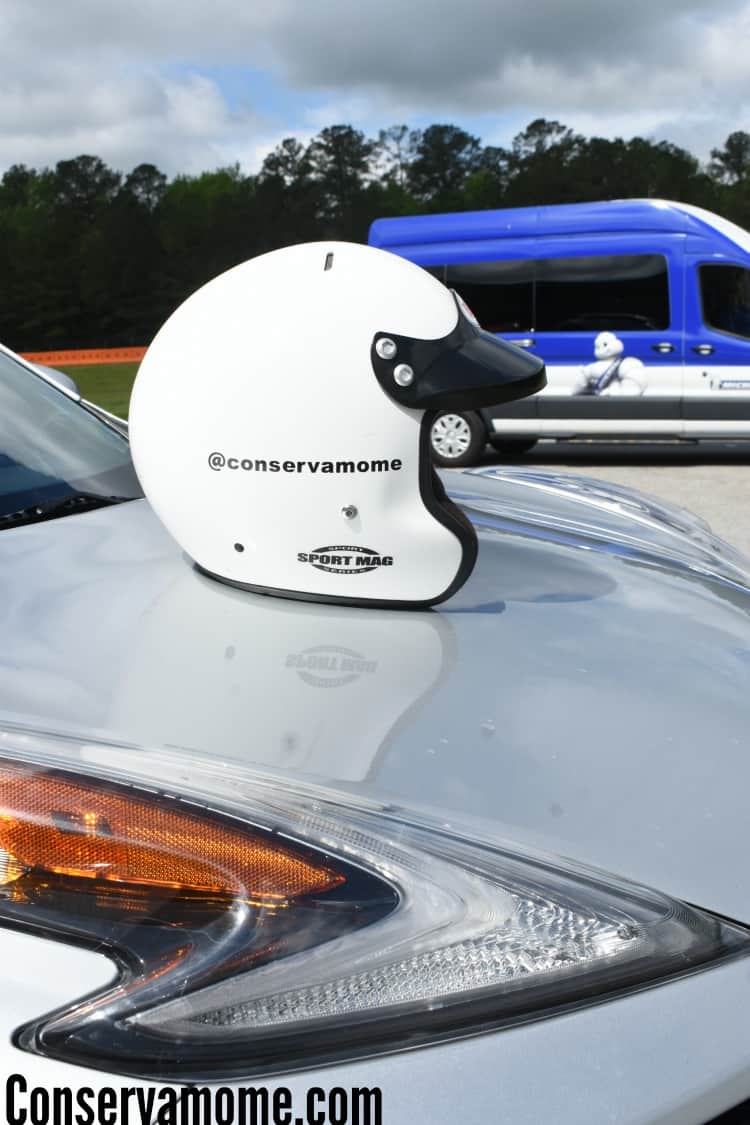
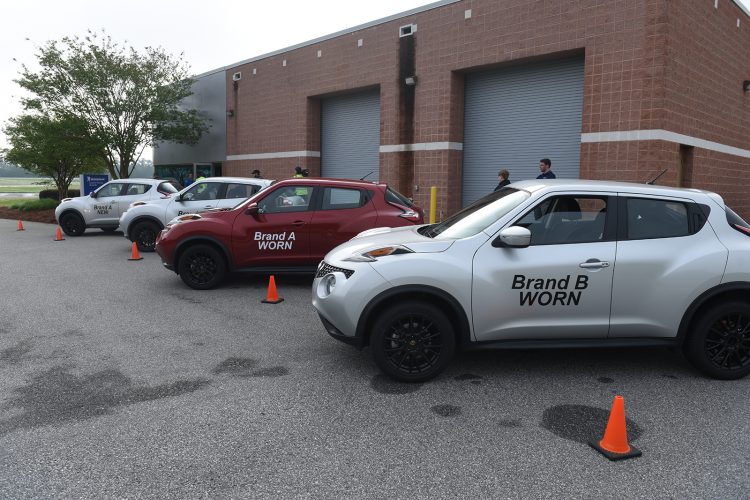

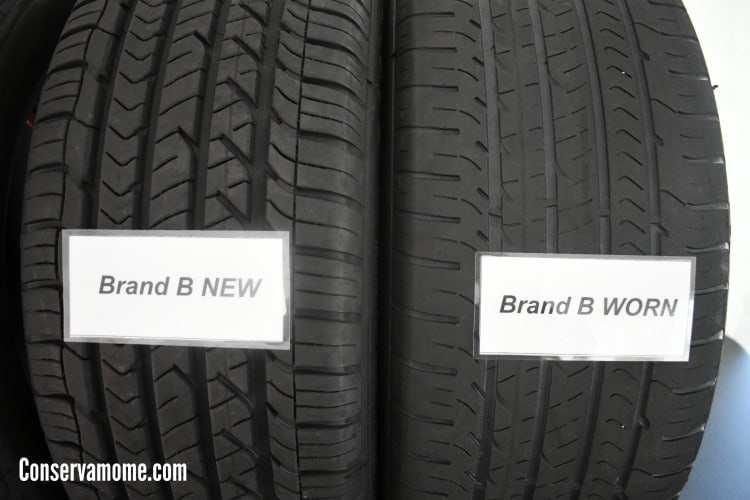

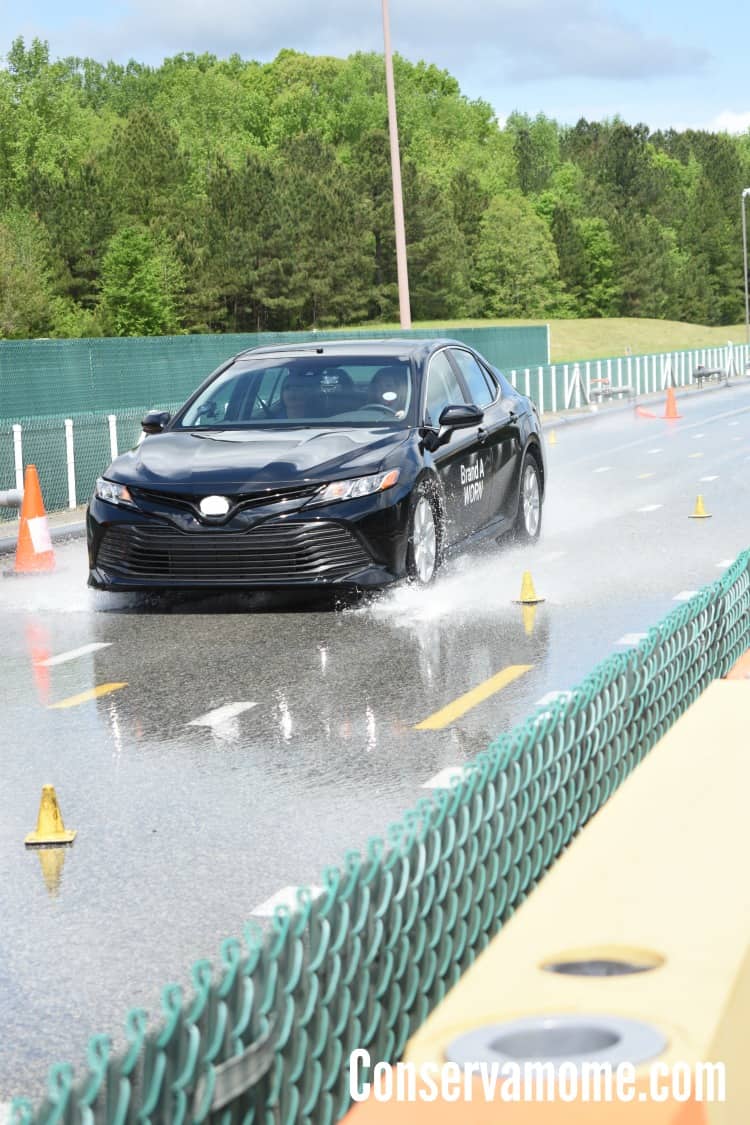
Comments & Reviews
We get so much rain in our area and frequently deal with wet roads so this is so good to have this information. I need to check my tires and research better for my next set.
Oh my gosh, I bet that was a good time. Thankfully, I don’t lack the knowledge about tires, but I would have LOVED to have gone up to do some driving LOL. Did you enjoy it?